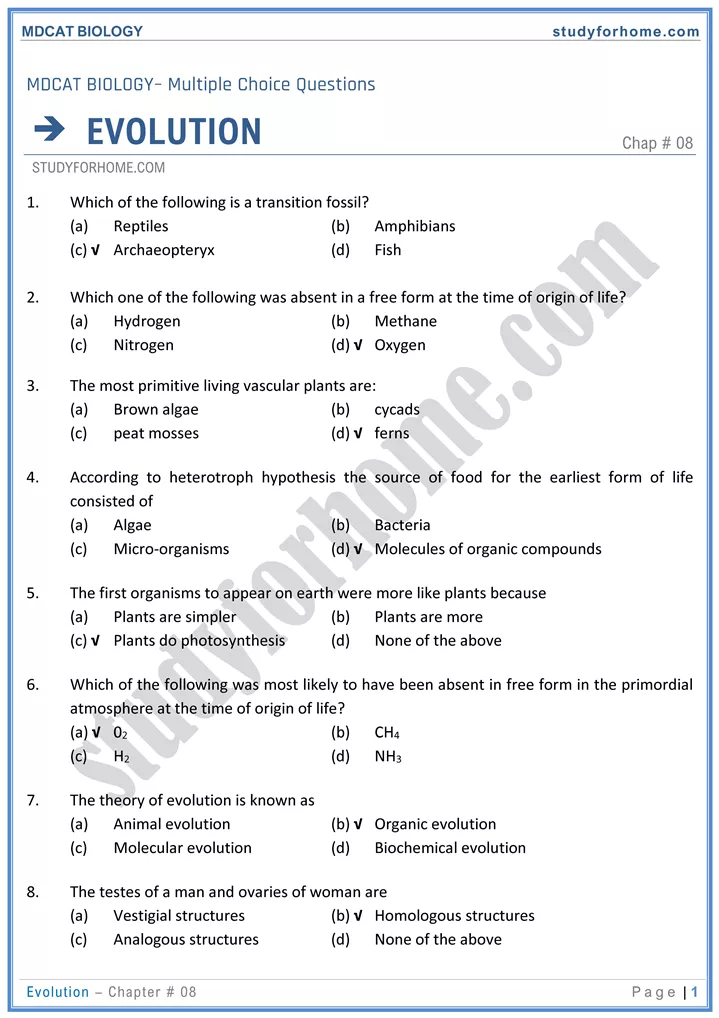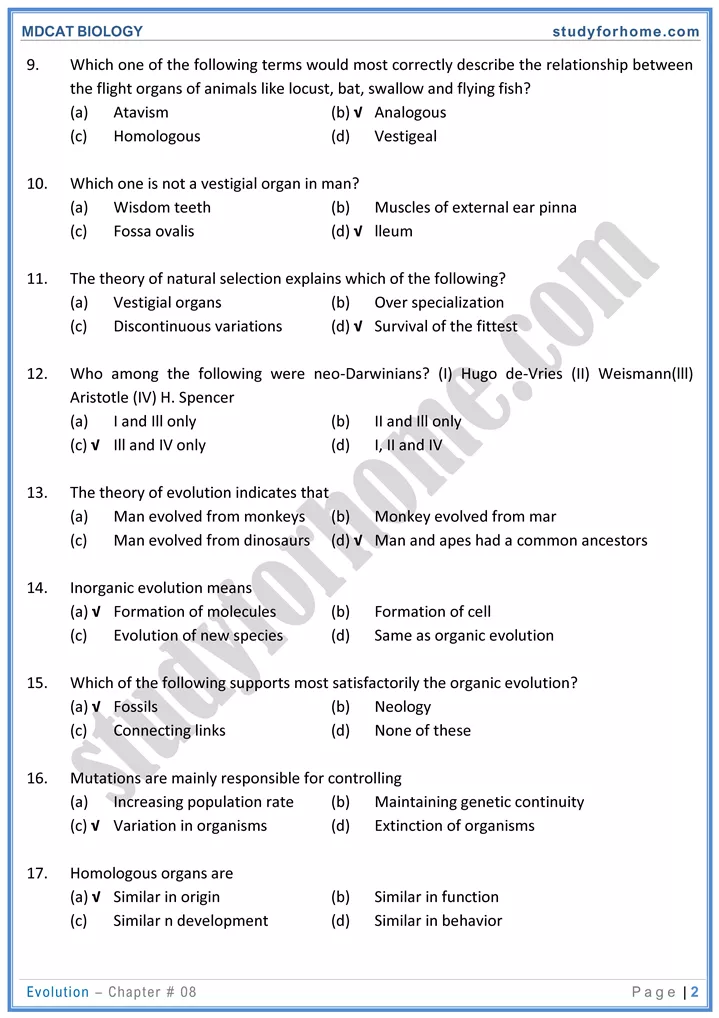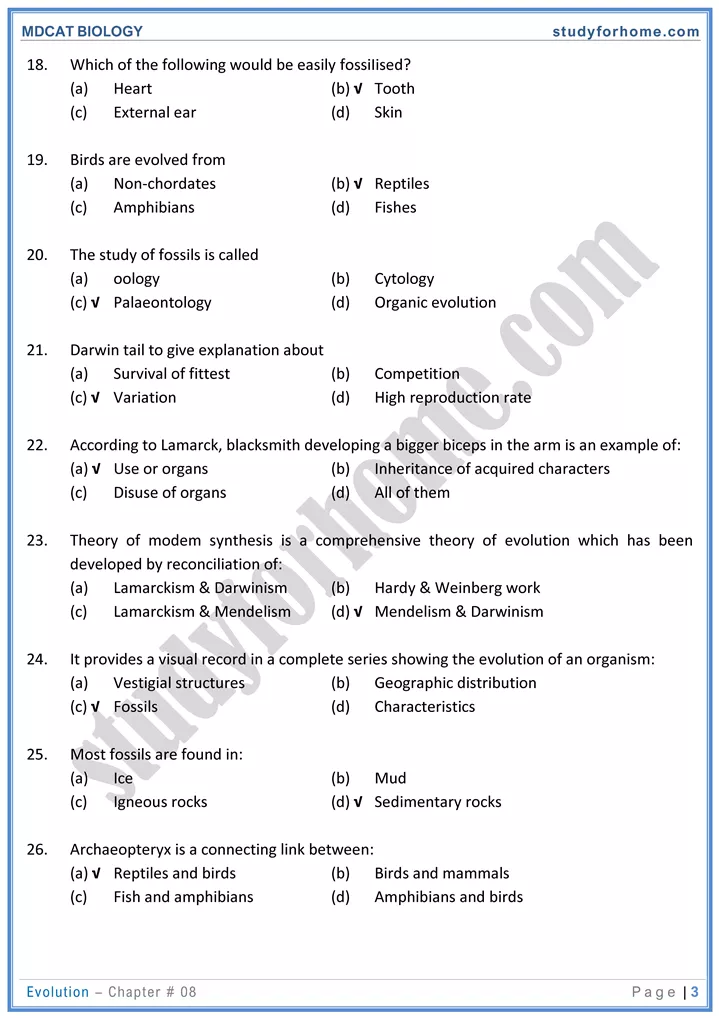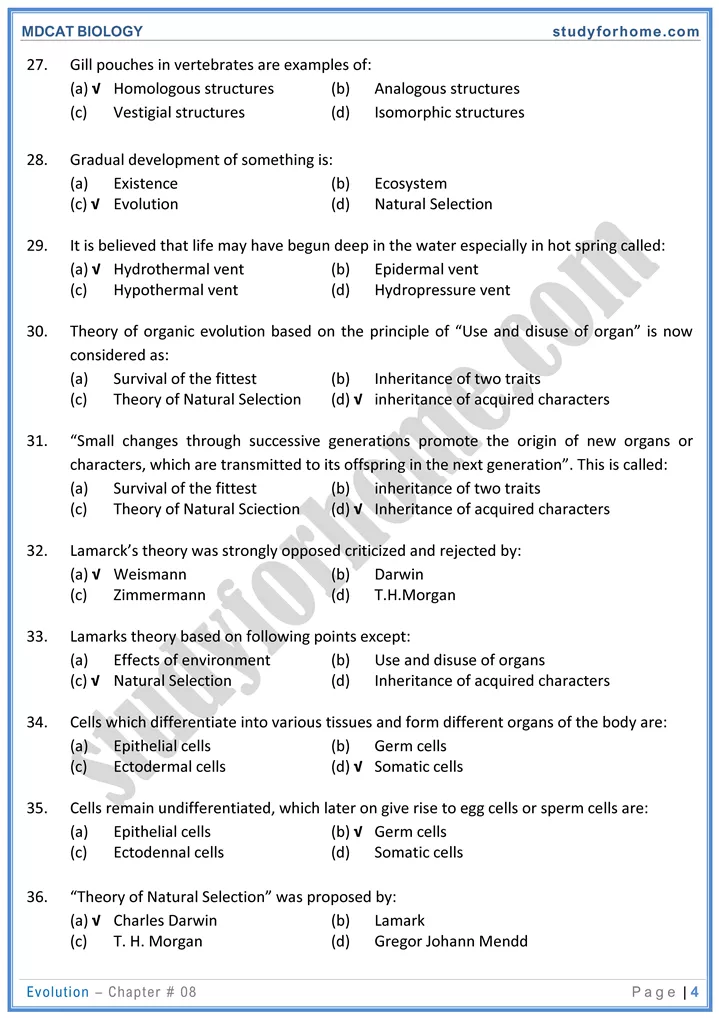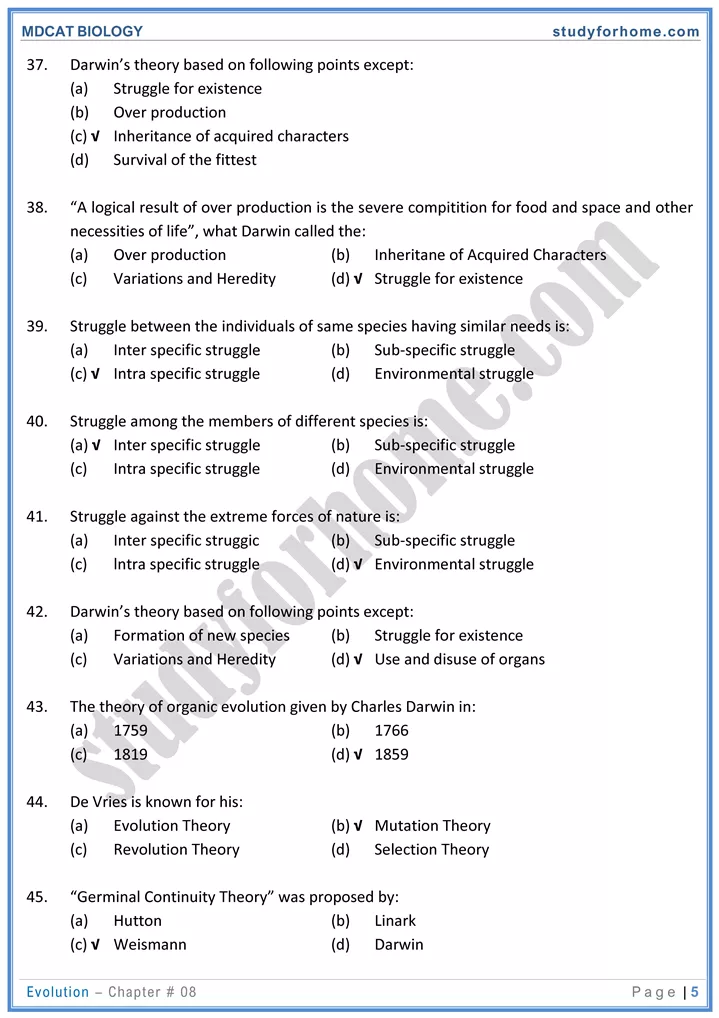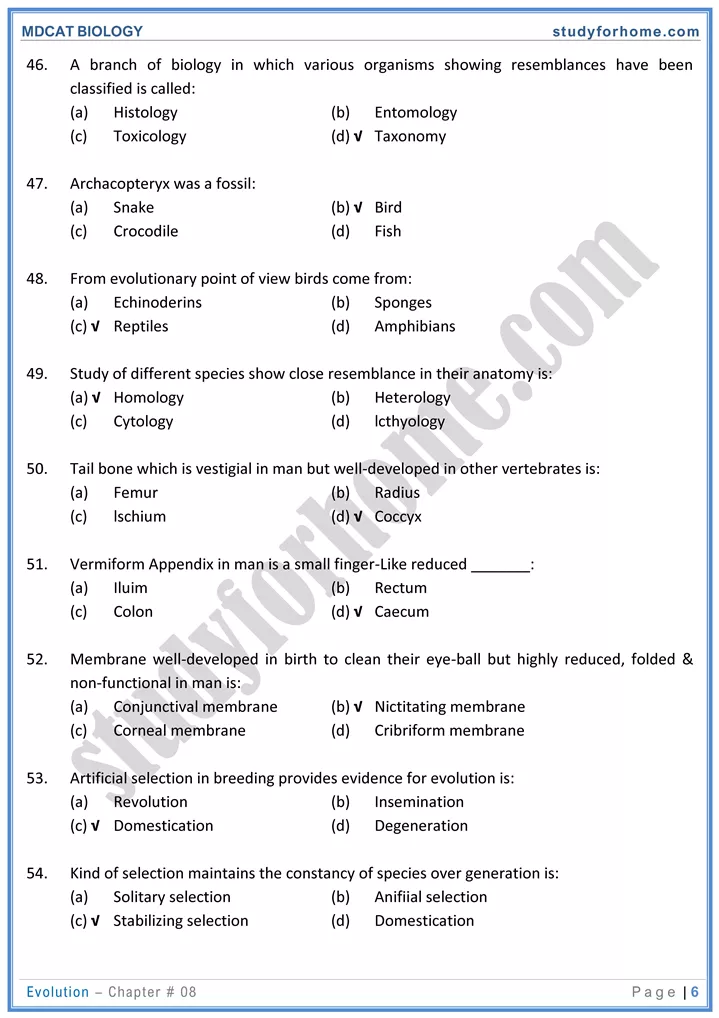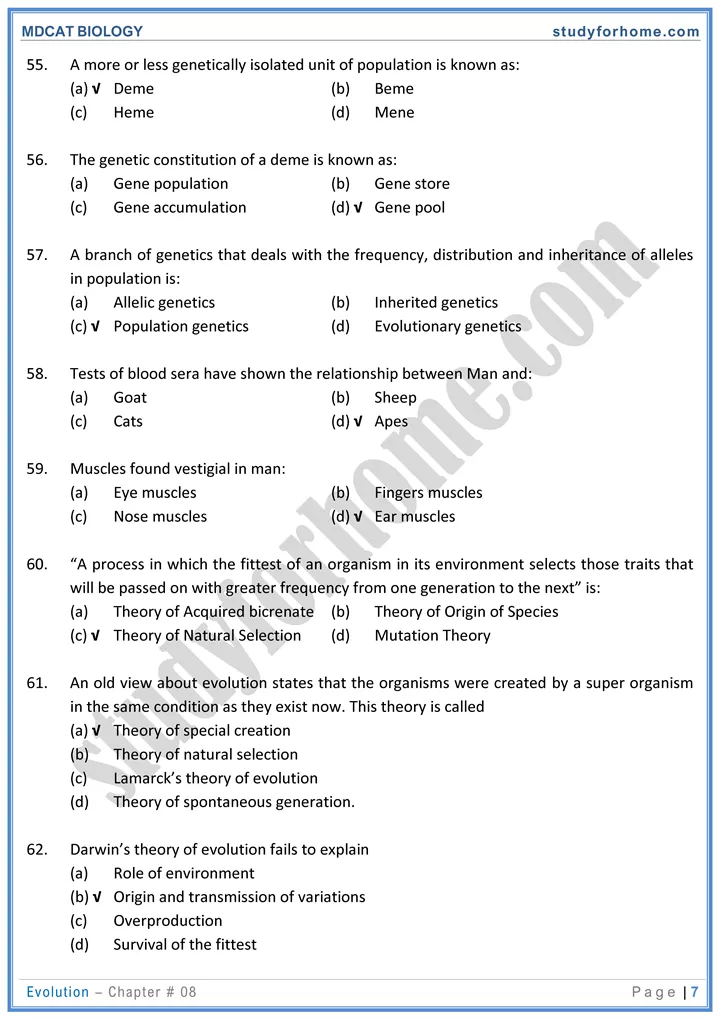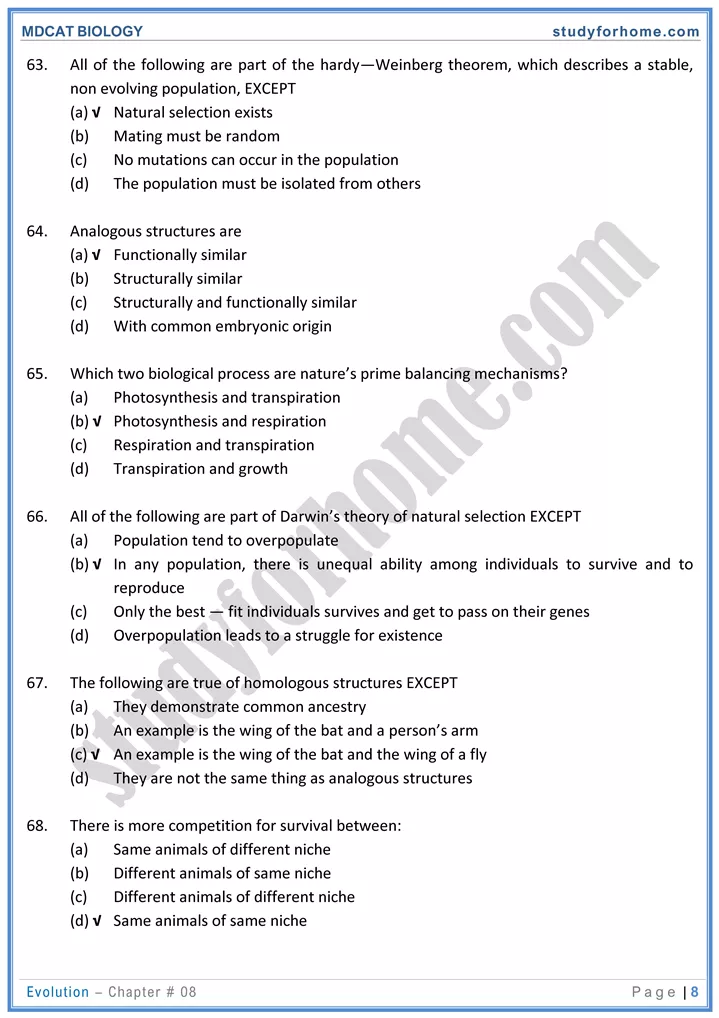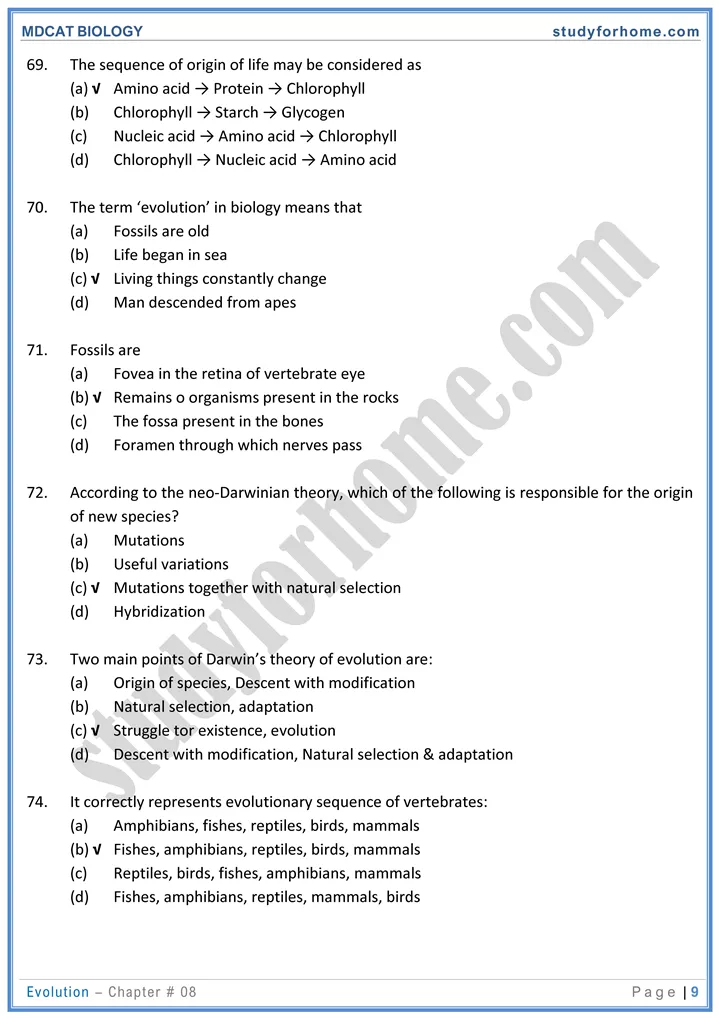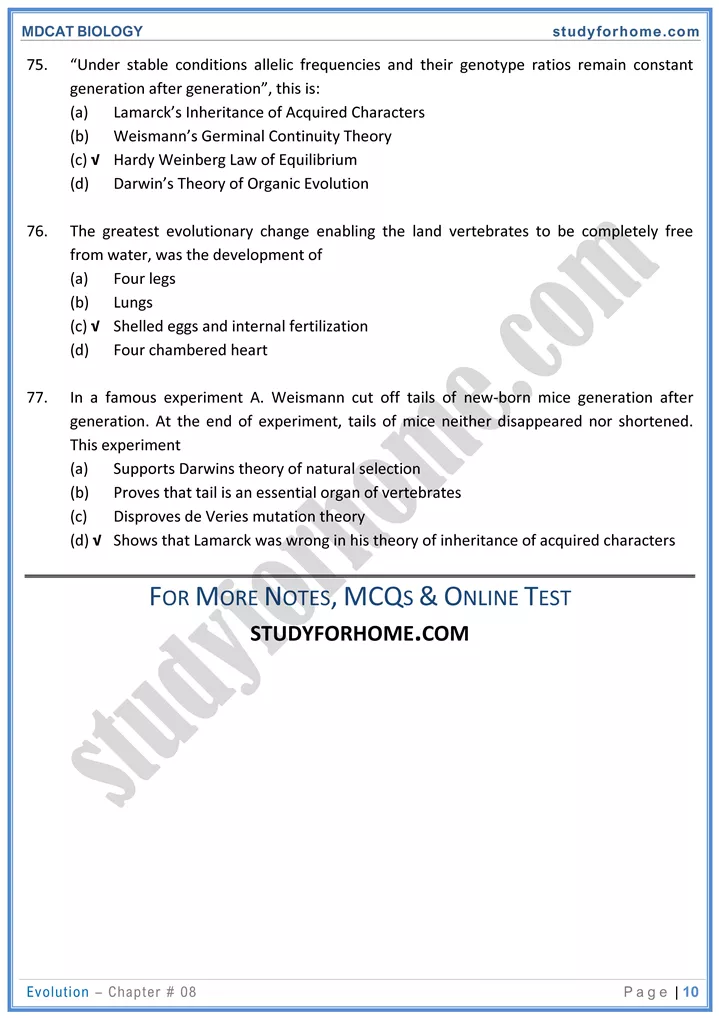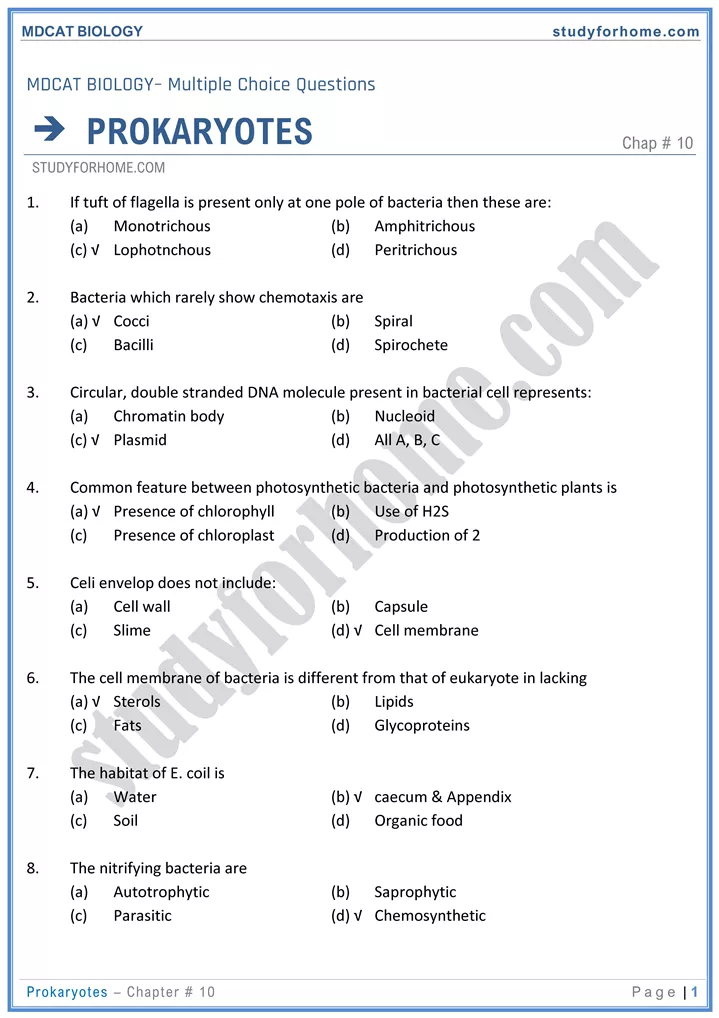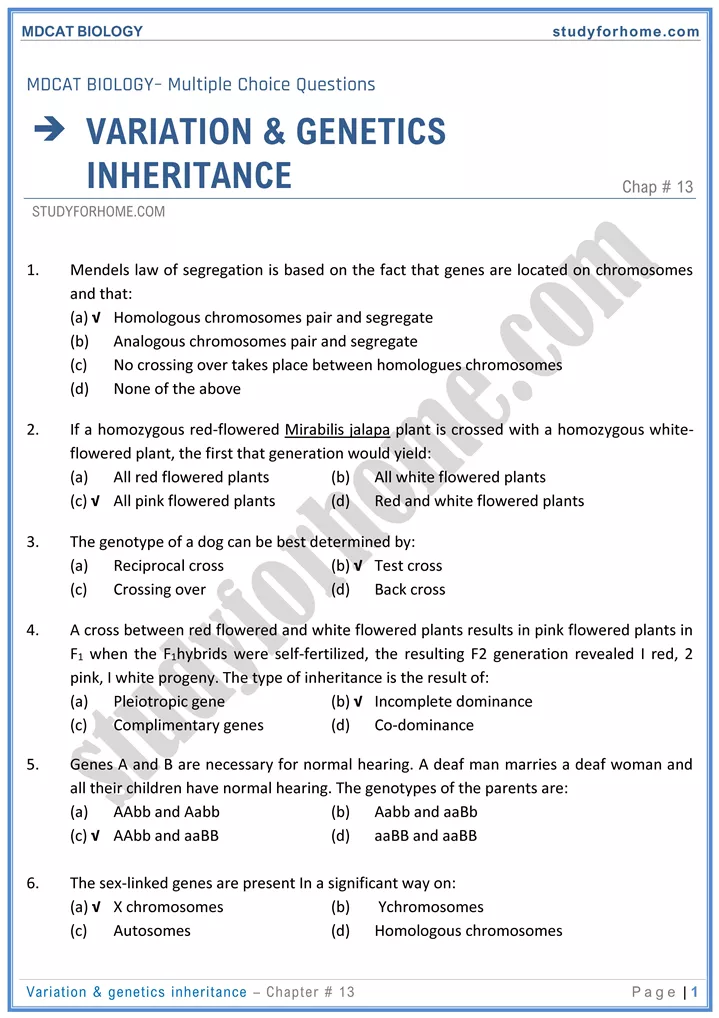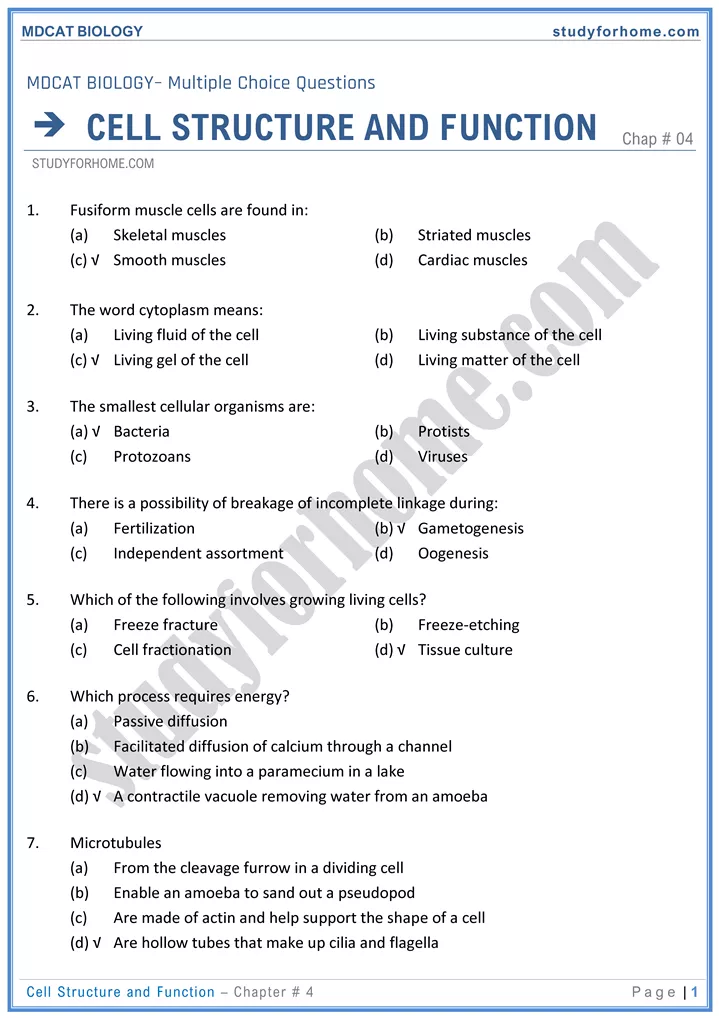Evolution – Chap 8 – Biology MDCAT
Concept of Evolution
- Evolution refers to the processes that have transformed life on earth from its earliest form to the vast diversity that we observe today.
- Evolutionary change is based mainly on the interactions between populations of organisms and their environments.
- In the earlier 19th century, there were two schools of thoughts.
- Creationists believed on the theory of special creation while evolutionists believed on the theory of natural selection.
Theory of Special Creation
According to this theory, all living things came into existence in their present forms especially and specifically created by nature. Among the scientists who believed in divine creation was C. Linnaeus. He grouped similar species in the same genus and similar genera in one family. But as a natural theologian, he believed that species were permanent creations.
Theory of Natural Selection
- According to this theory, organisms evolved through time e.g. one type of organism giving rise to another type of organism.
- It is ancient one starting from days of Aristotle to Darwin.
- However, the resent-day concert of evolution is based on history.
| Scientist’s Name | Life Span | Achievements |
|---|---|---|
| Linnaeus | 1707-1778 | Order in diversity of life binomial nomenclature |
| Lamarck | 1744-1829 | Theory of evolution |
| Malthus | 1766-1834 | Essay on ‘Principle of Population’ |
| Cuvier | 1769-1832 | Science of Paleontology, earth’s history by catastrophism. |
| Lyell | 1797-1875 | principles of Geology |
| Darwin | 1809-1882 | 1. Voyage of Beagle. 2. Books on origin of species. 3. Essay on origin of species. |
| Mendel | 1822-1884 | Papers on inheritance |
| Wallace | 1823-1913 | Sent his theory to Darwin |
| Hutton | 1726-1797 | Theory of Uniformitarianism |
Evolution of Photosynthetic Organisms
- Nutrients produced in primitive environment would have limited early life. Photosynthesis probably feed living organisms from a dwindling supply of nutrients.
- First photosynthetic organisms probably used hydrogen sulfide as a source of hydrogen for reducing carbon dioxide to sugars.
- Later water served this same purpose and oxygen liberated by photosynthetic reaction begun to accumulate in the atmosphere.
Evolution of Aerobic Respiration
- Accumulation of oxygen in atmosphere changed the primitive environment.
- Ozone developed by oxygen in upper atmosphere began to filter ultraviolet radiations from the sun. It is considered that about 4.2 billion (420 million) years ago, enough protective ozone had built up to make life on land possible.
- Some living organisms began to utilize oxygen.
- Ironically, the change from a reducing atmosphere to an oxidizing atmosphere also means that life could no longer arise abiotically.
Evolution of Prokaryotes into Eukaryotes
- The prokaryotes may have arisen more than 3.5 billion years ago.
- Eukaryotes may have evolved 1.5 billion years ago.
- It us considered that prokaryotes converted into eukaryotes. Major change is development of organelles. Two hypotheses are considered this context.
Endosymbiont Hypothesis
- This hypothesis was presented by Lynn Margulis.
- According to this hypothesis, eukaryotes and their organelles had been produced by some symbiotic relation With prokaryotes. Origin of some organelles has been descended below:-
1. Origin of Mitochondria
- According to this hypothesis, mitochondria might have evolved when large anaerobic amoeboid prokaryote ingested small aerobic bacteria and stabilized them instead of digesting them. This idea is known as the endosymbiont hypothesis.
- These aerobic bacteria then converted into mitochondria, which are the sites of aerobic respiration and energy conversion in eukaryotic cells.
2. Origin of Flagella
- Flagella might have evolved through the ingestion of prokaryotes similar to spiral-shaped bacteria.
3. Origin of Chloroplast
- Ingestion of prokaryotes that resembled present day cyanobacteria could have led to the endosymbiotic development of chloroplast in plants.
Cell Membrane Invagination Hypothesis
- According to this hypothesis, cell membrane of prokaryotes invaginates (folded inward) to enclose copies of its genetic material.
- This invagination resulted in the formation of several double membrane-bounded entities (organelles) in single cell. These entities could then have evolved into the eukaryotic mitochondrion, nucleus, chloroplast etc.
Evolution of Multicellular Eukaryotic Organism and Diversity
- Formation of eukaryotic cell led to a dramatic increase in the complexity and diversity of life forms on earth.
- During evolution, eukaryotic cell became specialized into tissues, which in turn formed organs for many different functions. These multicellular forms then adapted themselves to life in a great variety of environment.
Hardy-Weinberg Principle
The frequency of dominant and recessive alleles in a population will remain constant from generation to generation provided certain conditions exist. These conditions are:
- The population is large.
- Mating is random.
- No mutations occur.
- No selection occurs.
- Generations do not overlap.
- There is no gene flow between populations
Gene flow: The movement of genes within an interbreeding group which results from mating and the exchange of genes with immigrant individuals. The flow may occur in one direction or both.
Generic drift: The fluctuation of allele frequency in a small population cue entirely to chance. If the number of mating is small then the actual numbers of different types of pairing may depart Significantly from the number expected on a purely random basis. Genetic drift is one of the factors that can, disturb the Hardy-Weinbera equilibrium.
Natural selection. An evolutionary mechanism in which those individuals in a population that possess particular heritable characters survive and reproduce at a higher rate than other individuals in the population because of those characters. Natural selection is the only evolutionary mechanism that consistently improves the survival and reproduction of the organism in its environment.
Online MCQs Test of Evolution:
code online mcqs
